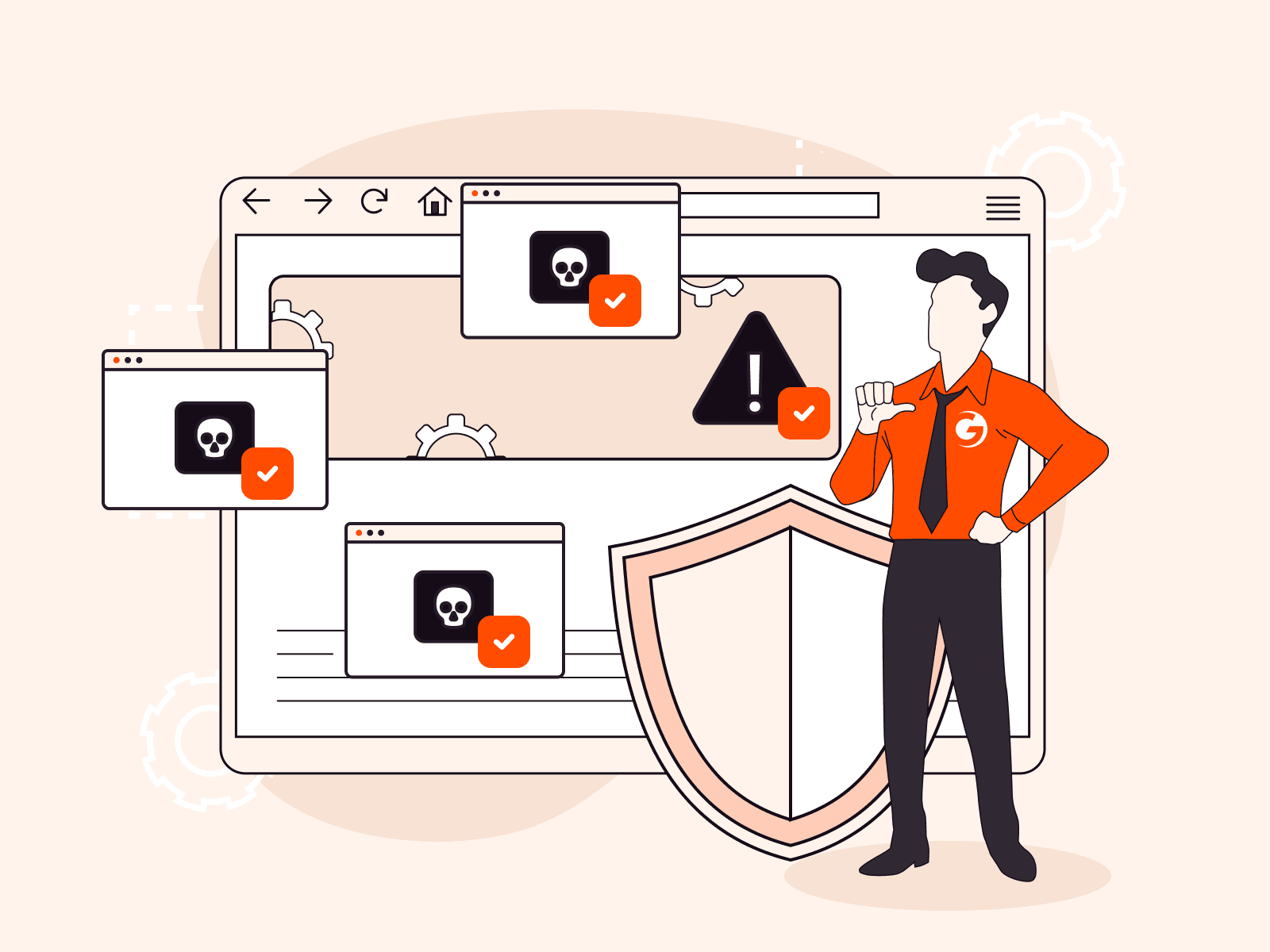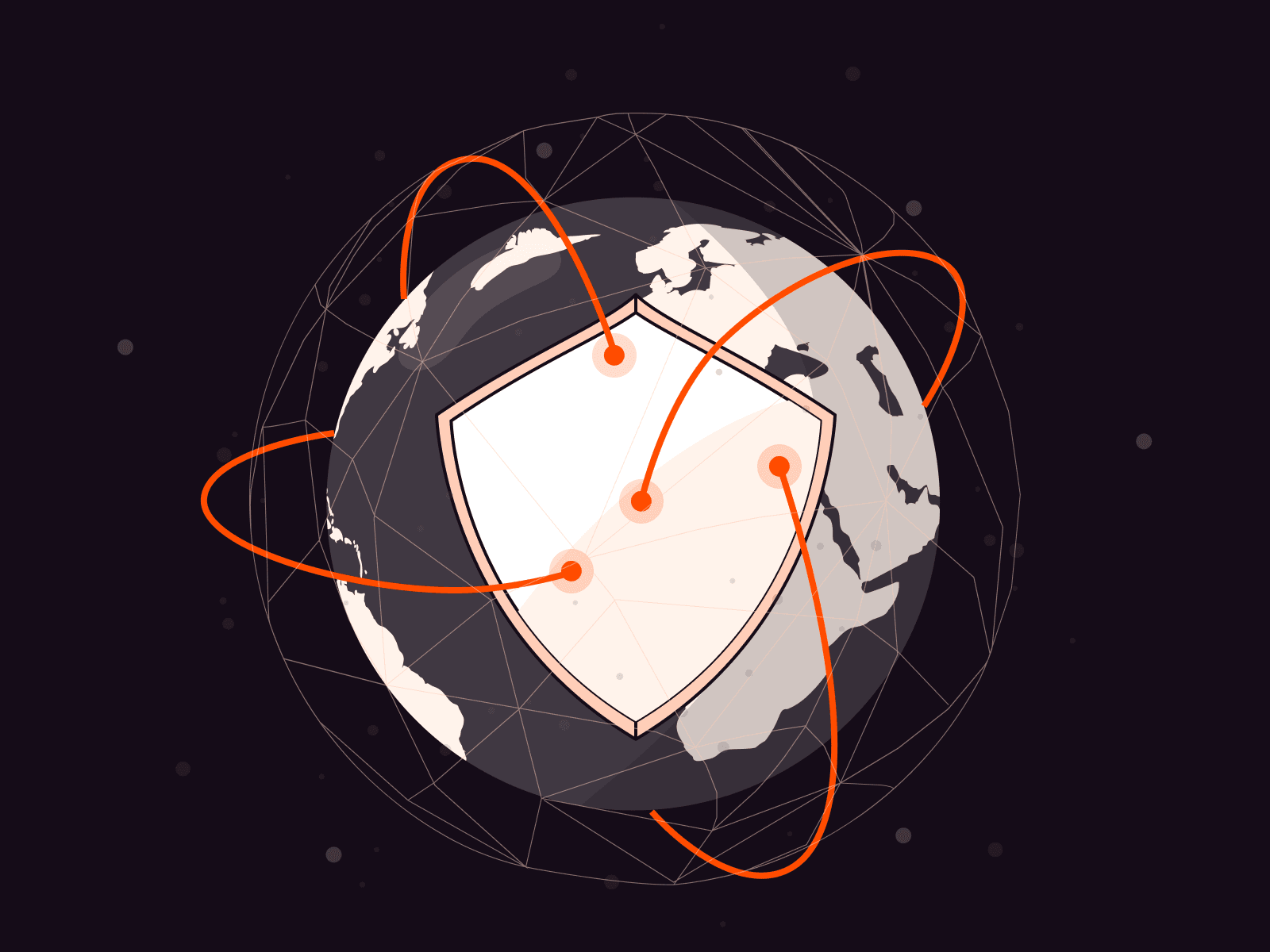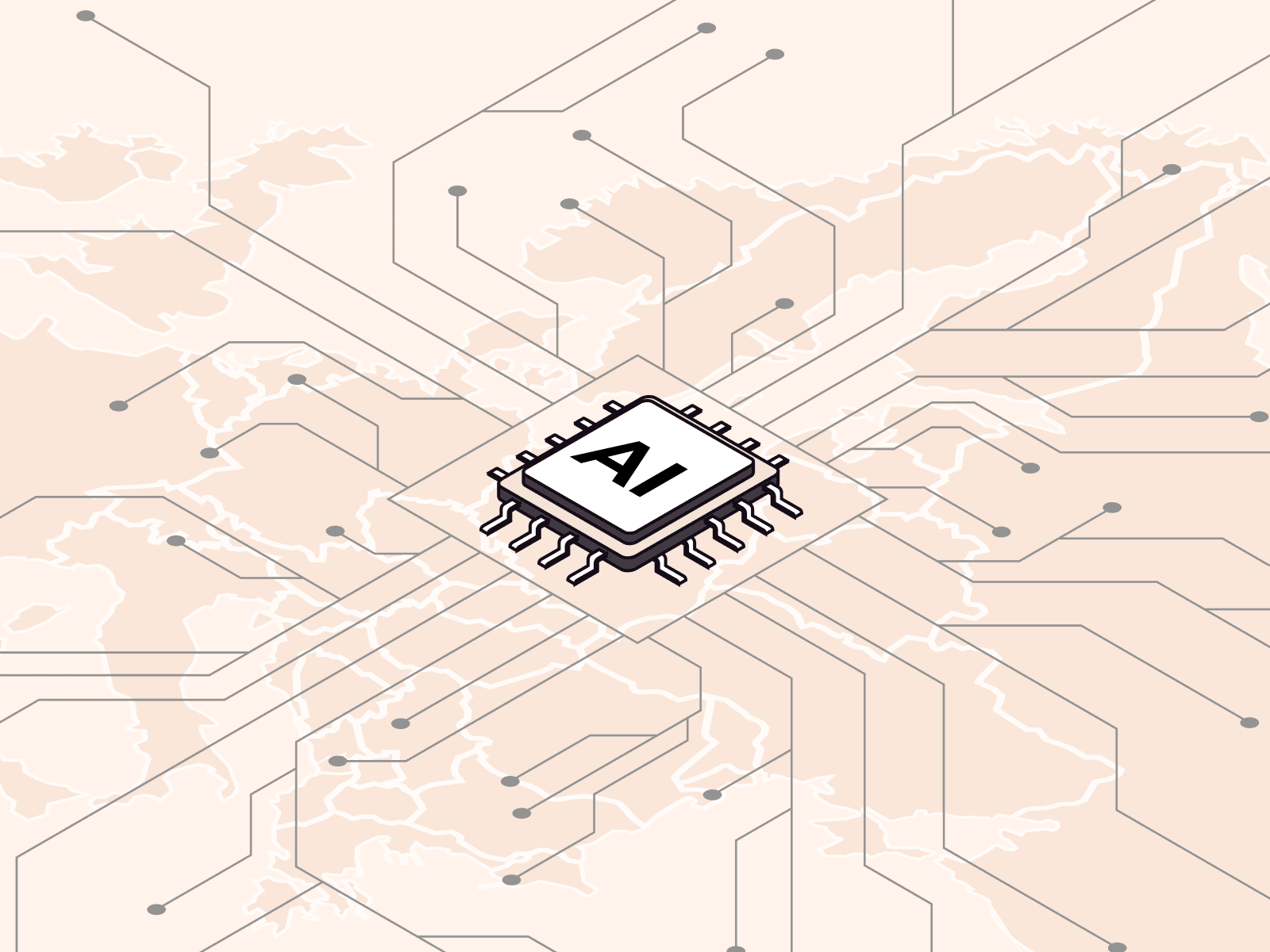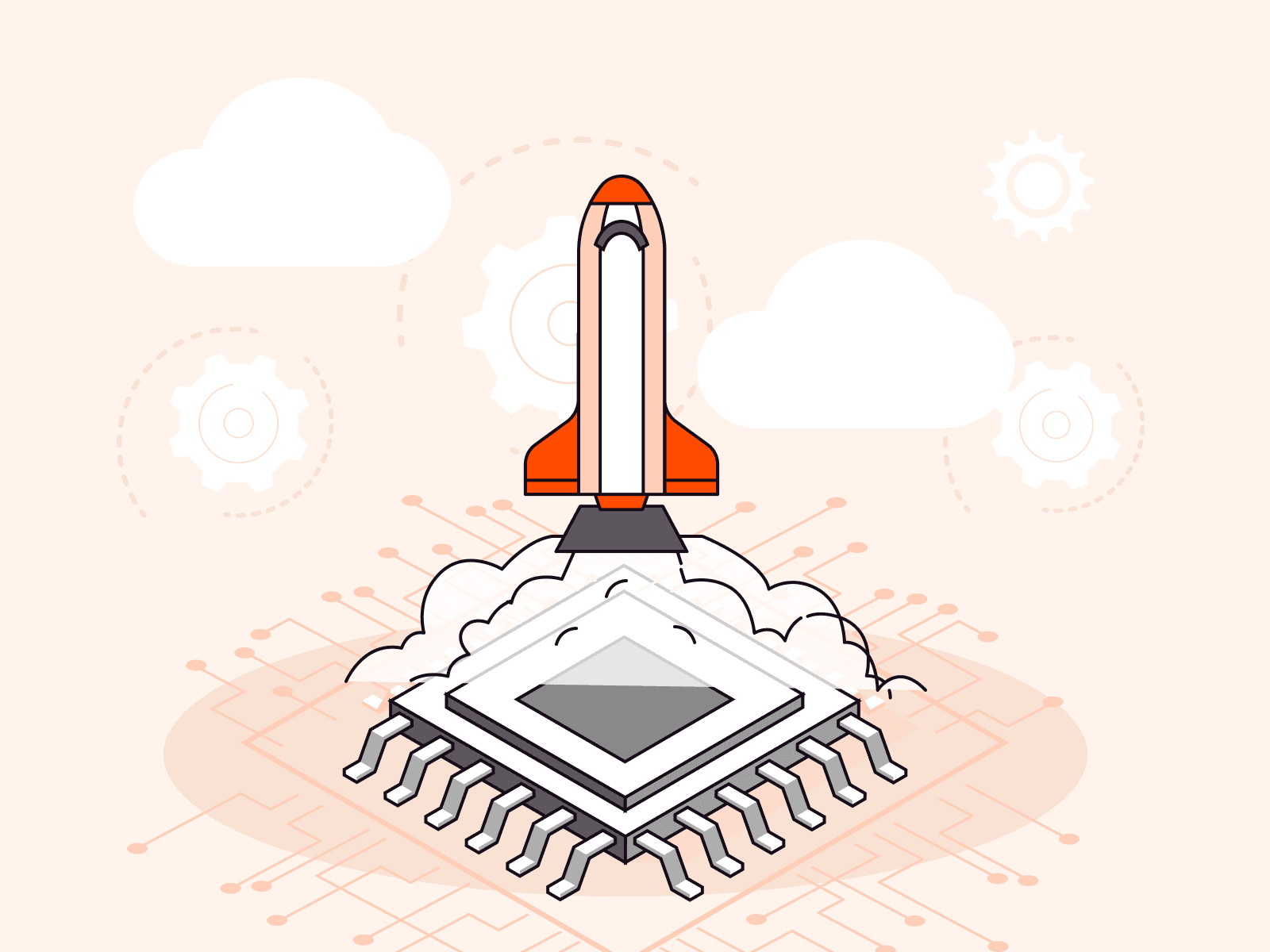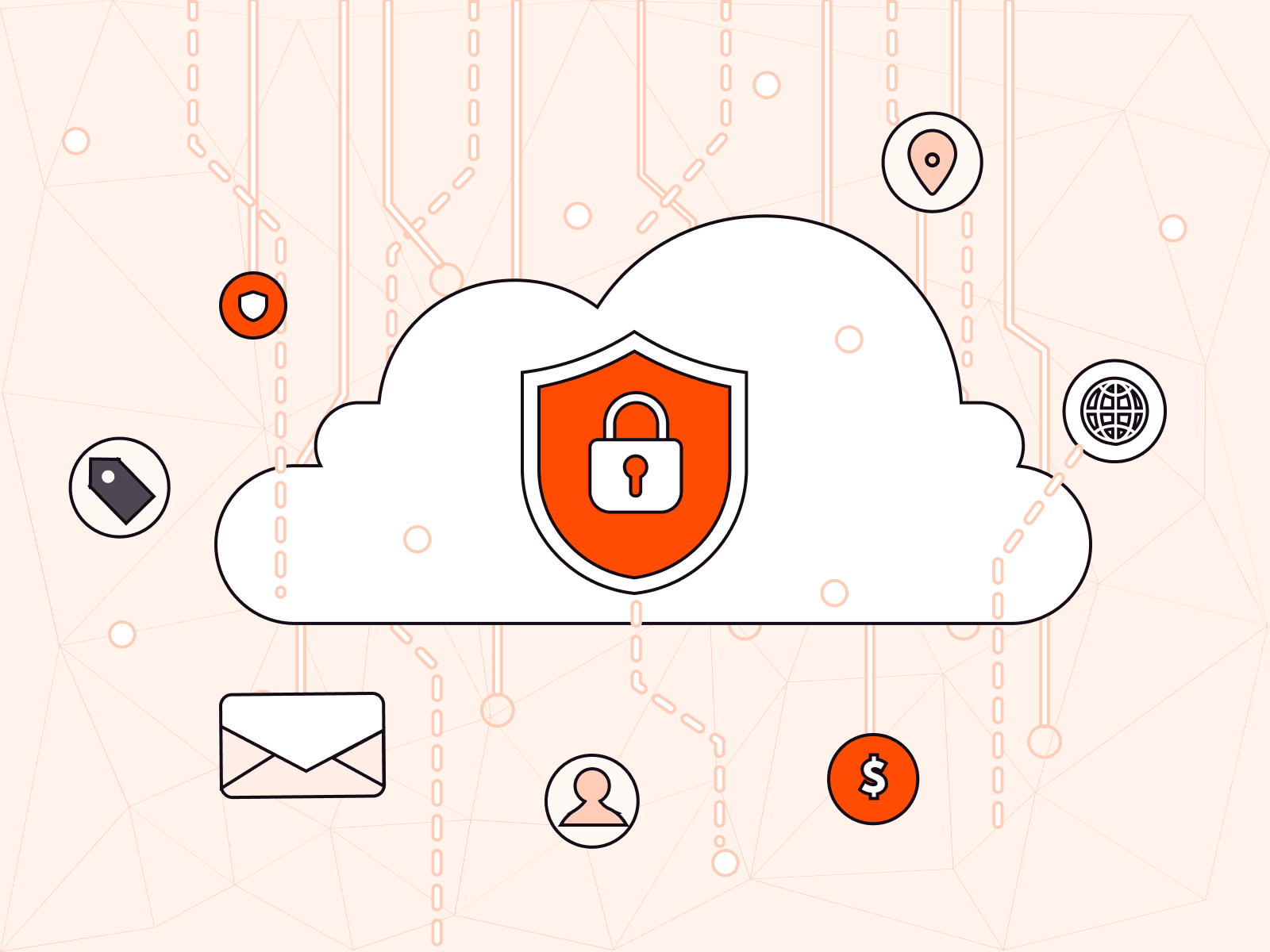When AI meets AI: the escalating race between cybersecurity and hackers
- February 5, 2025
- 3 min read

The battle between cybercriminals and security teams has reached a new stage, with AI now driving strategies on both sides. Artificial intelligence has become central to both cyber offense and defense.
Cybercriminals are using AI to automate and scale operations, enabling quicker, stealthier, and adaptive attacks. To counter this threat, cybersecurity professionals employ AI-driven systems that, with predictive analytics, real-time detection, and automated responses, try to stay one step ahead of their adversary in the constantly shifting game of technological cat and mouse. Read on to discover how AI helps hackers create adaptive, stealthy threats and how cybersecurity teams leverage AI to counter them.
The evolution of adversarial AI in cybercrime
AI has been a strong enabler of cybercrime. By automating complex tasks, generating convincingly human-like content, and analyzing vast datasets, AI amplifies the scale and efficiency of attacks. Cybercriminals increasingly leverage AI to enhance the sophistication and effectiveness of their attacks.
Notable instances from the past year include:
- AI-generated disinformation campaigns: The US Treasury Department sanctioned Russia’s Center for Geopolitical Expertise for using AI tools to create and disseminate disinformation during the 2024 presidential election. This organization managed a network of at least 100 websites and employed AI to generate manipulated media targeting US political figures.
- AI in cyber warfare: Government officials highlighted concerns over adversaries harnessing AI to conduct cyberattacks against national infrastructure. For instance, Russia was reported to be using AI to launch sophisticated cyber operations aimed at disrupting critical services and deterring support for Ukraine.
- AI-enhanced phishing attacks: A staggering 96% of organizations reported being impacted by AI-powered phishing attacks in 2024. These attacks utilized AI to craft highly convincing messages, making it challenging for individuals and organizations to distinguish between legitimate and malicious communications.
AI-driven cybersecurity: building the defense
Cybersecurity teams are reacting to these dangers by integrating AI into their strategy, making good use of its massive-scale data processing, anomaly detection capability, and autonomous responses to combat newly emerging threats. Several machine learning models scan through network traffic, user behavior, and attack patterns for known breaches in history. Correlating this data allows AI-powered tools to flag even incredibly subtle deviations from normal activities.
For example, AI-powered behavioral analytics track user activities across systems to identify and block access attempts that are unauthorized and might become incidents. Automation is also critical: AI-powered incident response platforms can initiate predefined protocols and isolate infected systems, notify stakeholders, and start remediation within seconds of attack detection. Automated responses reduce human error and minimize the window attackers have for exploitation.
Simulating tomorrow’s cyber wars
Artificial intelligence has redefined how cybersecurity threats are identified and mitigated. A major trend in this digital arms race is using AI to simulate attacks with the goal of strengthening defenses. Security teams now deploy adversarial AI to mimic potential threats, pinpointing weak spots in systems and proactively hardening them before real attackers strike. This approach is known as red-teaming.
At the same time, hackers are moving forward by building AI capabilities into automated reconnaissance. Such systems can scan large networks, identify potential vulnerabilities, and tailor attack vectors in near real-time.
This results in a highly dynamic battlefield, with continuous developments from both sides leveraging the power of AI for innovating at a faster speed. The introduction of AI-as-a-service platforms has shifted this balance as prebuilt malicious AI tools are now available even to lower-skilled attackers. In this way, the ability to conduct complex cyberattacks is becoming democratized in a way that demands agile and sophisticated defenses. To meet this challenge, out-of-the-box AI-powered cybersecurity solutions have entered the market, such as Gcore’s web app and API protection. These give businesses the power to match fire with fire—even if they lack in-house AI expertise.
The interplay between human and artificial intelligence
While AI speeds up attacks and defenses alike, human input remains at the core of cybersecurity. Criminals and cybersecurity professionals alike know AI’s strengths and weaknesses and human ingenuity’s advantages.
Attackers experiment with ways of using adversarial machine learning to break through all weak points in the AI systems’ defenses. Along these lines, the attackers will make subtle modifications to the input data with a view of fooling the algorithms to misclassify malicious activity as benign. In that light, researchers have shown just how small changes in images or files will allow these files to pass through malware detection engines driven by artificial intelligence.
On the defense side, security analysts develop AI models that adapt dynamically to evolving threats. AI systems often require human oversight to keep them accurate and unbiased, as attackers will usually try to exploit weaknesses in the data sets used to train them. For example, AI-powered spam filters can become inefficient if attackers flood them with new phishing templates made to avoid existing rules.
Get AI-driven security for the AI-driven era
Businesses can only counter the growth of such threats with progressive security frameworks that combine state-of-the-art AI with human judgment. Continuous monitoring of digital environments, such as communications systems, third-party systems, or web apps, is now vital for threat detection and fixation as they emerge. In addition to surveillance, red-teaming has become an essential practice in modern cybersecurity strategies, with adversarial AI conducting exercises to test system robustness.
Investing in advanced tools such as Gcore WAAP helps organizations protect their edge against a rapidly changing threat landscape by providing AI-powered protection. Cybercriminals continue to improve their arsenal, and organizations must ensure that they’re investing equally in their defenses.
Related articles
Subscribe to our newsletter
Get the latest industry trends, exclusive insights, and Gcore updates delivered straight to your inbox.

